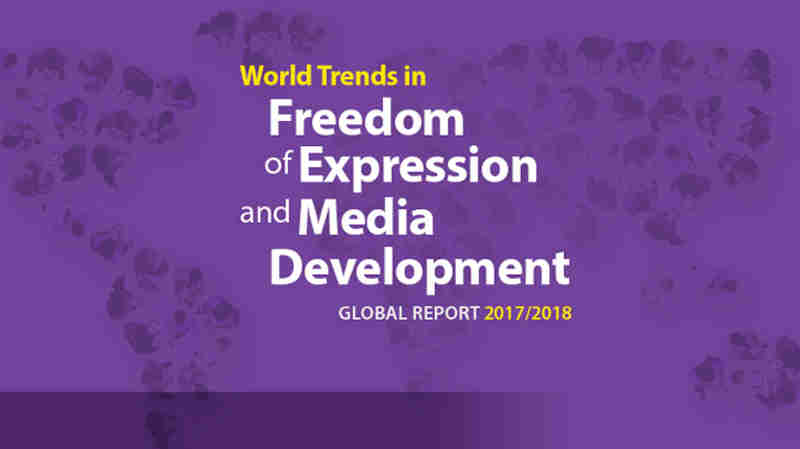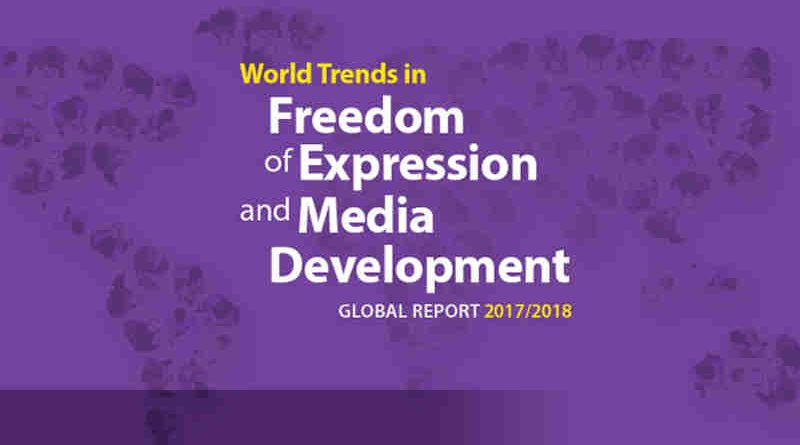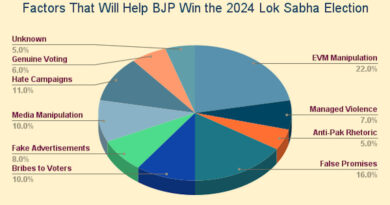UNESCO Releases World Media Trends Report

The latest edition of UNESCO’s World Trends in Freedom of Expression and Media Development has been published and is now available online.
The World Media Trends Report analyzes developments across four key focus areas of media freedom, pluralism, independence, and the safety of journalists.
Under the period of analysis, continued legal restrictions including criminal laws against defamation, national security concerns such as anti-terrorism laws and large-scale shutdowns of internet access have been seen on the rise. Such trends have seriously affected media freedom, while posing a serious threat to freedom of expression.
Wholesale disruptions (like internet shutdowns) have become much more common. ‘Fake News’ has emerged as a phenomenon in some regions undermining media legitimacy with a consequent challenge for appropriate and proportionate government responses that do not weaken media freedom. Gender gaps in journalism and law continue to affect the implementation of full media freedom.
[ Fault Lines: A Research Report on the Quality of Education in Delhi Schools ]
The Report also notes that the availability of media content has dramatically increased, largely through user-generated content on social media, while large internet companies have emerged as key platforms for individuals to access news and information.
Yet, these transformations have been marked by the proliferation of unverified news across internet companies’ networks and the raise of ‘echo chambers’ and ‘filter bubbles’ due to algorithm-ranked search results.
Additionally, the Report recognizes the worsening problem of news media losing money and becoming less sustainable. Disruptions in business models have been seen as contributing to increasing dependence on government and corporate subsidies in some circumstances, and thereby raising concerns about potential impacts on editorial independence.
[ Dark Streets: Research Report on Corruption in Delhi’s Housing Societies ]
In regards to the trends in safety of journalists, according to UNESCO report, the number of journalists killed in a five-year period increased substantially (216 journalists were killed in 2007-2011 in comparison to 530 journalists in 2012-2016). From the other hand, 2017 was the first year of decline of killings of journalists. At the same time, trends in arbitrary detention, abduction and torture are reportedly growing in some regions.
With a special focus on gender equality in the media, the World Media Trends Report highlights that only one in three reporters and only one in four media decision-makers are women. Moreover, the ongoing issue of online harassment of women journalists can have a chilling effect on women working in the media, further detracting from media pluralism.
The 2017/2018 edition was co-produced with the University of Oxford, in close co-ordination with lead researchers at the University of Witwatersrand and the University of Pennsylvania. A global network of regional researchers, graduate research assistants and an expert Advisory Group also contributed to the Report.
Specific overviews analyzing the media trends in six regions will also be published by the end of May. The Report’s Executive Summary is also available in six languages.
Photo courtesy: UNESCO



